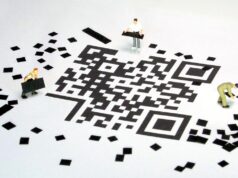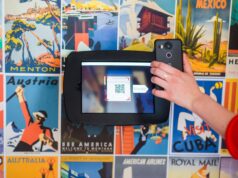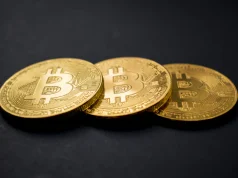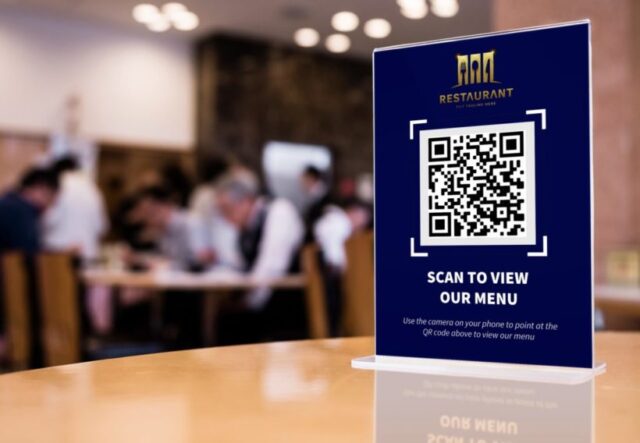
QR codes are an effective marketing tool that, if used correctly, can bring a lot of benefits to the restaurant business.
The link redirects the user to a landing page with any «wired» information: an electronic menu, a website, a loyalty card, a video, and the like.
Qr code for text is also attractive because most modern smartphones have a built-in scanner and do not require third-party applications or services to read the code.
And the location is limited only by imagination: you can stick the code on a glass, on a door, and on a mirror in the restroom. In this article, we have collected six ways to effectively use a QR code in the restaurant business.
Restaurant menu
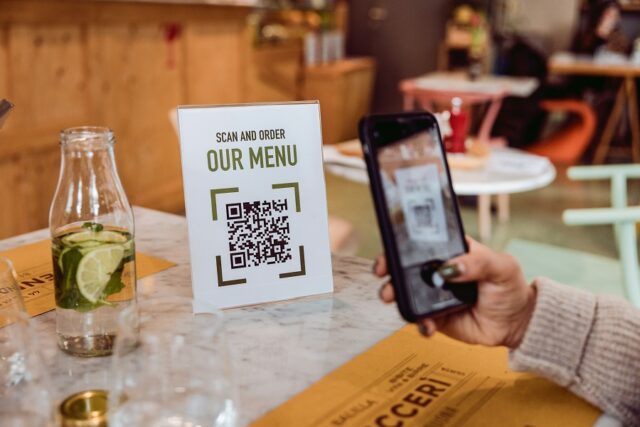
Located directly on the tables, QR codes will allow visitors to download the menu directly to their phones. Firstly, bright photos of dishes and videos of their preparation with the participation of your chef will awaken a big appetite.
Secondly, the visitor does not have to wait for the waiter, and the information in the code will help dilute expectations. And, of course, information changes quickly without the need to print new copies, and therefore at no extra cost.
Loyalty program
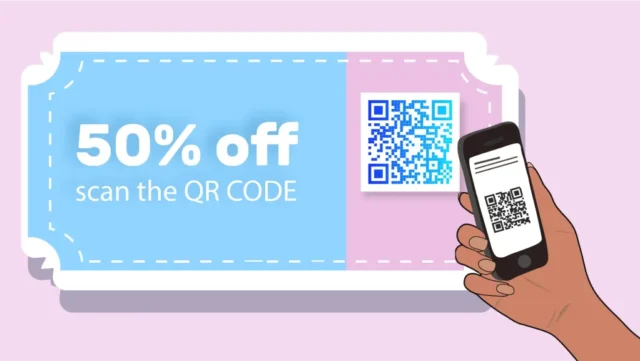
Regular visitors of the establishment can receive a virtual loyalty card with a personal QR code and collect bonuses to pay for purchases.
You will know not only about all orders and customer visits but also have a customer base on hand, which will allow you to announce and promote the services of the institution at the right time.
Motivate people to scan QR codes by promising them a discount for signing up, reviewing, or downloading an app. The discount itself can also look like a QR code.
Event Invitations
With a QR code, you can «program» an invitation to events and events – a party or a concert in your restaurant. The link will take users to a ticketing site or social media event page.
A selection of music, a video, or interesting information on the landing page additionally fuels interest. A QR code can be placed on a poster or an advertising sign.
This way people will be able to scan and automatically add the event to their calendar so they don’t forget.
Delivery or takeaway
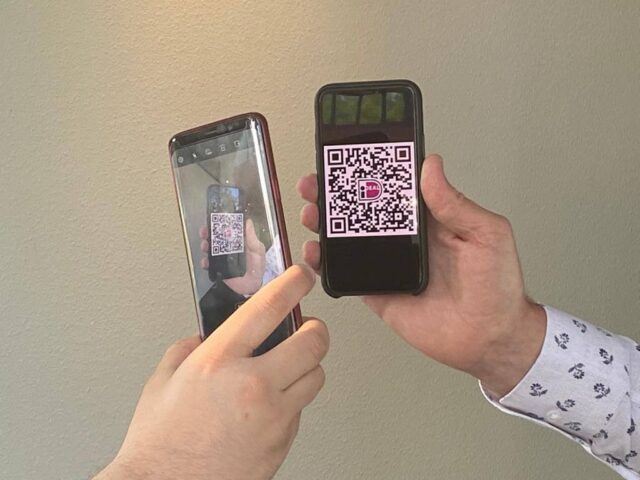
A QR code with contact and delivery information on printed leaflets and flyers will allow customers to order takeaway or takeaway food online.
The customer can receive the order after scanning the generated QR code.
Check
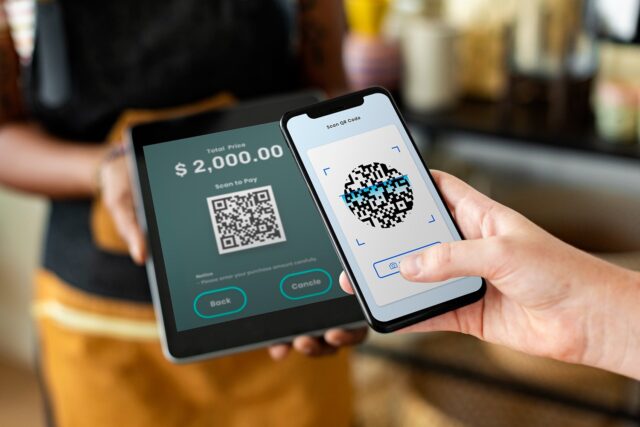
In many countries of the world, it is actively practiced to place a QR code in an invoice. It may contain:
- additional information about dishes,
- links to the website or social networks of the institution,
- contacts,
- delivery terms,
- the name of the waiter.
To pay, the visitor just needs to point the smartphone camera at the code.
Leaving a tip to the waiter is also not a problem: to do this, you need to scan his business card or preliminary invoice, and the money is transferred to his account in your personal account.
Tracking food safety and allergen information
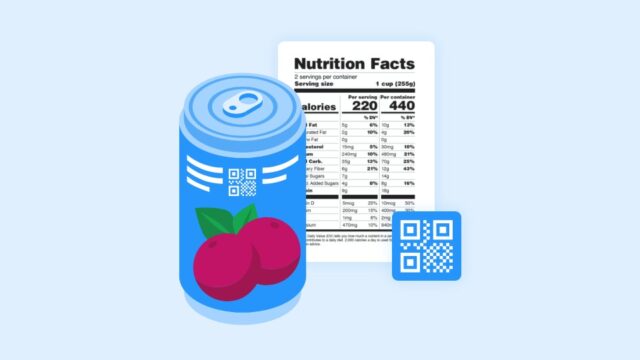
Tracking food safety and allergen information through QR codes is a crucial aspect of ensuring customer well-being and satisfaction in the restaurant business.
By incorporating QR codes on food packaging or menu items, customers can easily access detailed information about the ingredients, potential allergens, and nutritional content of the food they are about to consume.
This innovative approach enables restaurants to maintain transparency and provide essential information to customers with specific dietary requirements or allergies.
QR codes can also be used to track food safety by linking to batch numbers or production dates, allowing swift identification and recall of any potentially harmful products.
Ultimately, QR codes empower customers to make informed choices and contribute to a safer dining experience.
Promoting specials and discounts
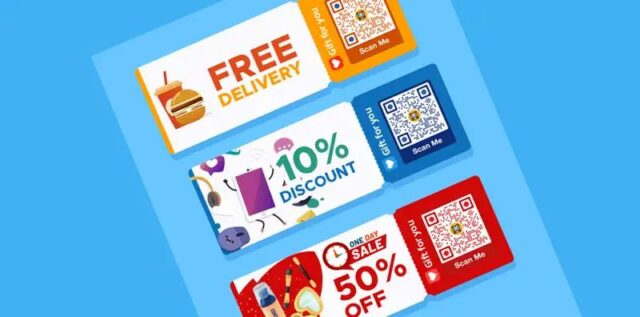
Promoting specials and discounts through QR code-based marketing campaigns is an effective strategy for restaurants to attract customers and boost sales.
By incorporating QR codes in advertisements, flyers, or digital platforms, restaurants can offer exclusive deals, limited-time promotions, or special menu items to entice potential diners.
When scanned, the QR codes direct customers to a dedicated landing page or a mobile app, where they can view the details of the offer and redeem it. This approach not only increases engagement and interaction with customers but also provides a seamless and convenient way to access discounts.
QR code-based marketing campaigns enable restaurants to reach a wider audience, create a sense of urgency, and drive customer loyalty by rewarding them with exclusive deals.
Managing waitlists and queue systems
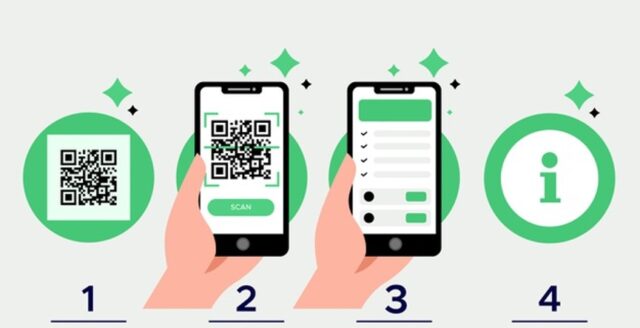
Managing waitlists and queue systems with QR codes is an efficient and customer-friendly solution for restaurants.
By implementing QR codes, restaurants can streamline their waitlist process and eliminate the need for physical queues. When customers arrive, they can scan a QR code displayed at the entrance, which directs them to a virtual waitlist or reservation system.
This digital approach allows customers to join the queue remotely, reducing congestion and minimizing wait times.
Additionally, restaurants can provide real-time updates on wait times and notify customers when their table is ready via SMS or push notifications.
QR codes for managing waitlists enhance the overall dining experience, improve operational efficiency, and provide a modern and convenient solution for customers.
Best Practices for designing effective QR Codes in the restaurant business
Firstly, it’s crucial to choose a reliable QR code generator and select a suitable size that is easily scannable. Including a clear call-to-action near the QR code encourages customers to scan it.
The landing page or destination should provide relevant and valuable information, such as menus, specials, or discounts. Incorporating branding elements like the restaurant logo or colors helps maintain brand consistency.
Testing the code across different devices and scanning apps ensures compatibility. Lastly, placing codes in strategic locations, such as menus, table tents, or marketing materials, enhances visibility and accessibility for customers.
By following these best practices, restaurants can design QR codes that effectively engage customers and drive desired actions.

